Dispersion Compensation Module (DCM) is designed to fix the form of optical signals that are deformed by chromatic dispersion. The main constituent of DCM is DCF (Dispersion Compensation Fiber) with a negative chromatic dispersion value within the wavelength range between 1525nm and 1565nm.
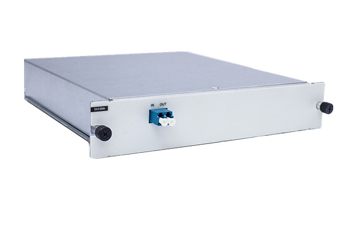
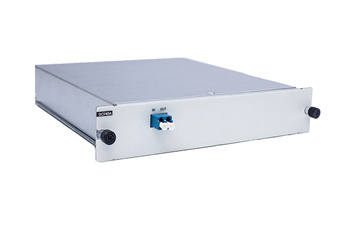
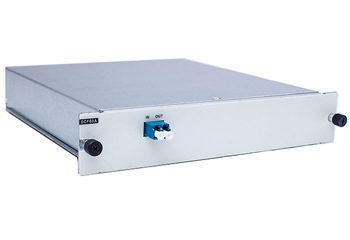
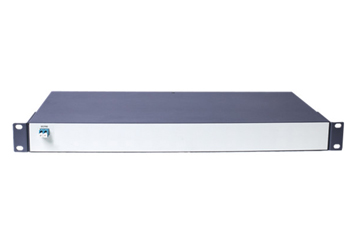
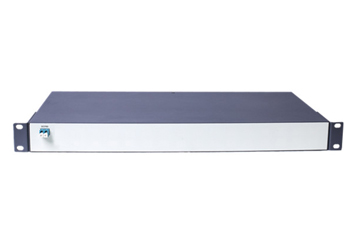
Compensation of dispersion at a wavelength around 1550nm in a 1310nm optimized single-mode fiber can be achieved by specially designed fibers whose dispersion coefficient (D) is negative and large at 1550nm. These types of fibers are known as Dispersion Compensating Fibers (DCFs)。
A short length of dispersion-compensating fiber is spliced into a longer length of standard fiber to compensate for dispersion, as in the example below. Dispersion can cause various penalties in signal transmission in optical communications systems.
One way to reduce modal dispersion is to use graded-index fiber. Unlike the two distinct materials in a step-index fiber, the graded-index fiber's cladding is doped so that the refractive index gradually decreases over many layers.
Sintai dispersion slope compensation module DCM can compensate the dispersion with optimized residual dispersion for standard single-mode fiber (G.652) in the C-band.

